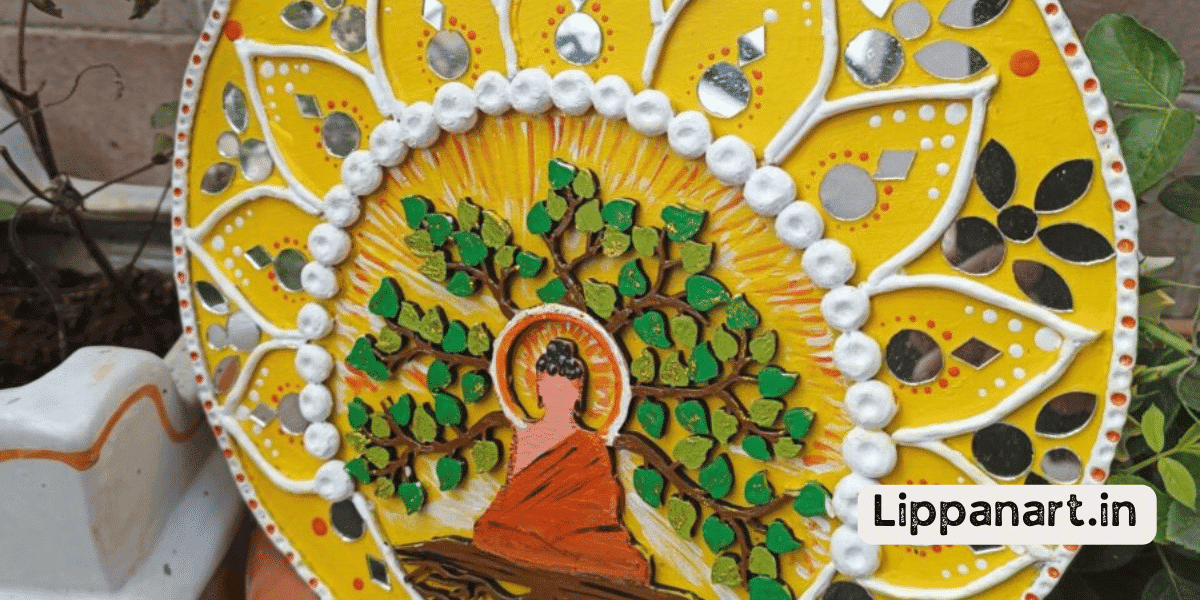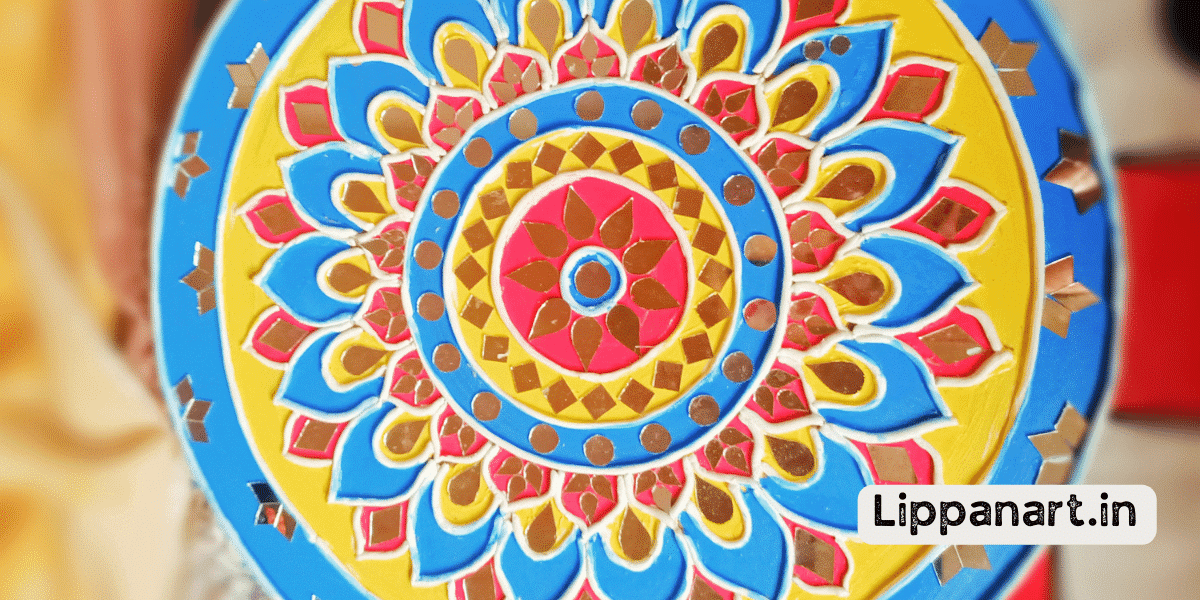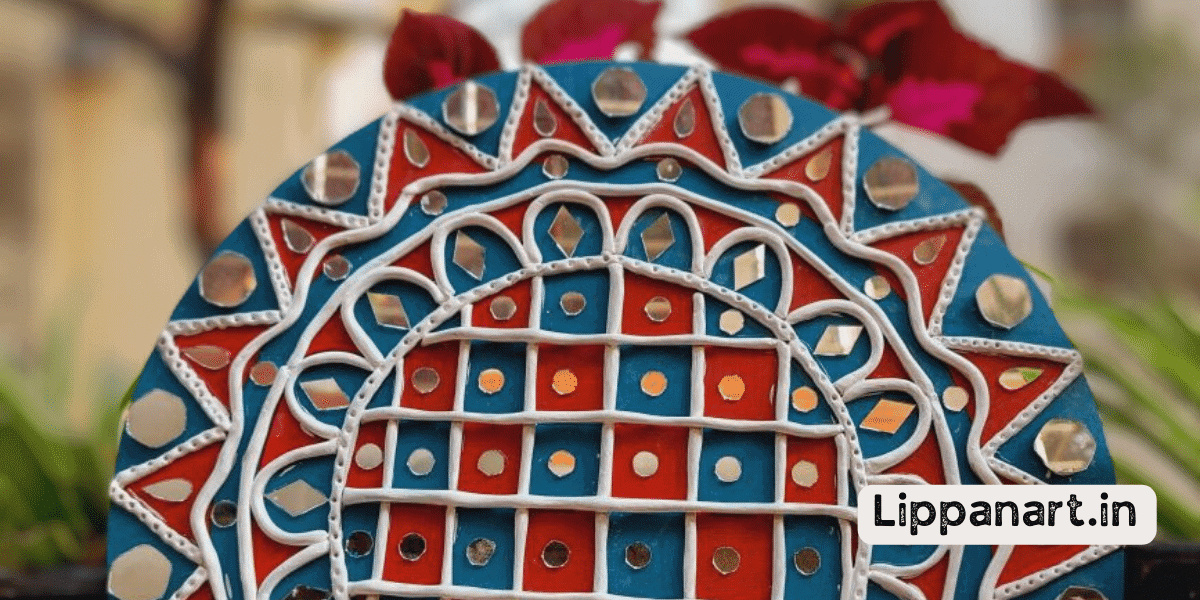Marvel at the beauty of mural art. Marvel at its colours and detail. Marvel at the emotion it evokes.
From ancient cave paintings to modern street art, mural art has captivated generations.
Learn the history, techniques, styles, and themes of mural art. Explore how it has shaped our world.
Discover the impact of murals in public spaces. Learn how they can be used to make a social commentary.
Get to know the artists that make these murals come alive. Even create your own!
Step into the world of mural art and explore its many wonders.
Key Takeaways
- Mural painting is organically connected with architecture and modifies the given space.
- Various techniques such as encaustic, tempera, fresco, and oil paint on canvas have been used in mural painting.
- The Early Renaissance saw a high degree of creative concentration in mural decoration, with Florence being a significant centre for its development.
- Mural painting has a broad public significance, altering spatial proportions, transforming the atmosphere, and contributing to a community’s cultural and artistic identity.
Definition of Mural Art
You may have heard of mural art, but what’s it exactly? Mural art is a form of artwork that involves painting or drawing directly onto a large, often curved, surface such as a wall or ceiling. Murals have existed for thousands of years, from the earliest cave paintings to the ornate frescoes of temples and churches. Murals can be used to tell stories, express ideas, or celebrate the history of a culture. From the Renaissance to the modern day, mural paintings have created a sense of awe and wonder.
Murals can be created using various techniques, such as encaustic, tempera, fresco, ceramics, and oil paint on canvas. These techniques enable artists to create diverse textures and colours, bringing their intended vision to life. In the Renaissance, artists such as Masaccio, Paolo Uccello, Piero della Francesca, and Melozzo da Forli experimented with form and illusion in mural painting. Later mural painting styles, such as Luca Signorelli’s frescoes in the chapel of San Brizio, Orvieto, and Fra Angelico’s murals in San Marco, Florence, focused on anatomy and pure expression.
Murals have a broad significance, as they can express social, religious, or patriotic themes through an appropriate scale. They can also alter the sensation of spatial proportions in a building and contribute to a community’s cultural and artistic identity. Murals are a powerful visual art form that can transform the atmosphere of a space and make a lasting impression.
Historical Roots of Mural Art
Understanding the historical roots of mural art gives you insight into how this form of art has evolved.
Mural painting is believed to have originated in prehistoric cave paintings. Over the centuries, mural painting has adorned the walls of temples, churches, and palaces in India, Egypt, Greece, and Rome.
Mural painting was popular in the Byzantine era, with intricate mosaics used to decorate churches and public buildings. Leonardo da Vinci and other artists used mural painting during the Renaissance to create depth and perspective.
Today, Indian murals, in particular, are highly regarded and admired for their intricate details and vibrant colours. From its humble beginnings in caves to its current state of artistry, mural painting has been used to express ideas, tell stories, and create memorable works of art.
With its deep roots in history, mural art continues to be a powerful form of visual expression.
Purpose and Function of Murals
Murals are a unique form of visual expression, often used to express ideas, tell stories, and create lasting works of art. Mural art, or mural painting, dates back to the 2nd century when Romans used the technique to decorate their buildings. The purpose of mural paintings has varied throughout history, from religious depictions to political murals. Encaustic painting, tempera painting, fresco painting, ceramics, oil paint on canvas, liquid silicate, and fired porcelain enamel have all been used in mural art.
Murals can have a powerful social and political impact. They can spread messages, commemorate events, or celebrate heroes. Political murals, for example, are often used to influence public opinion or to call attention to a cause. Murals can also alter the perception of space and create a new atmosphere.
Finally, murals are an important part of a city’s cultural and artistic identity and can be used to celebrate the history and culture of a particular place.
Overall, mural art is versatile for expressing ideas, telling stories, and creating lasting works. Murals can have a political, social, and cultural impact, not to mention their ability to alter the perception of space. Murals have been used for centuries and are still important in many cities and towns.
Techniques and Materials Used
Knowing the techniques and materials used in mural painting is essential to creating a lasting work of art. From encaustic painting to oil on canvas, muralists have employed various techniques over the centuries. Famous muralists such as Keith Haring, Shepard Fairey, and Ravana Chhaya have used these methods to create beautiful, lasting works of art.
Here are the most popular techniques:
- Encaustic Painting: Grinding colours in a molten beeswax binder.
- Tempera Painting: Using albuminous mediums like egg yolk or egg white diluted in water.
- Oil Painting on Canvas: Popular in 16th-century Europe, but not ideal due to colour brilliance and texture limitations.
- Ceramics: Used in the murals of the Lepakshi Temple and Brihadeswara Temple.
- Liquid Silicate: Also known as liquid glass, it is used to create a hard, durable surface.
Styles and Themes in Murals
Experiencing the styles and themes of murals can add a unique dimension to any space. From ancient Ravan Chhaya frescoes to modern muralism, mural painting has developed through the centuries in response to various social, political, and religious contexts. Here is a breakdown of some of the styles and themes found in murals:
| Prehistoric | Indian Mural Paintings | Modern Muralism |
|---|---|---|
| Cave paintings | Ravan Chhaya frescoes | Abstract |
| Stone carvings | Ajanta murals | Graffiti |
| Mosaics | Mughal miniatures | Street art |
The Renaissance saw a surge in mural painting, with Piero della Francesca’s geometric compositions and Fra Angelico’s mystical creations. The Baroque style was highly ornamental, with dramatic perspective shifts and trompe l’oeil effects. In the 20th century, cubism and modernism brought about a new mural interpretation, with artists like Diego Rivera and Picasso creating works that reflect their culture and times.
No matter the style, murals have the power to transform the atmosphere of a space. They can evoke emotion, tell stories, and convey a message. From the ancient caves of prehistoric times to the vibrant streets of the modern world, murals have been a part of humanity’s creative expression for millennia.
- Editor’s Choice
- Best Seller
- Amazon Choice
Global Cultural Significance
You can be moved by the cultural significance of the mural painting, with its ability to express social, religious, or patriotic themes on an appropriate scale. In mural painters’ hands, this art form can alter the sensation of spatial proportions within a building, impacting the atmosphere and contributing to a community’s cultural and artistic identity.
The aspects of mural painting go beyond colour and texture, as muralists work to bring to life an array of themes and styles. Mosaic murals, encaustic painting, tempera painting, fresco painting, ceramics, oil paint on canvas, and liquid silicate are all used by mural painters. From the Roman murals of Pompeii and Ostia to the armamalai cave in India, mural painting has been a creative and powerful expression of culture for centuries.
Here are five noteworthy examples of mural painting around the world:
- Byzantine mosaics respected organic architectural form
- Renaissance artists aimed to create an illusionistic feeling of space
- Baroque artists achieved radical effects that dissolved walls or ceilings
- Luca Signorelli painted the frescoes in the chapel of San Brizio in Orvieto and Fra Angelico created the murals in San Marco, Florence.
Mural painting has a broad public significance, and its visual impact can be felt by viewers from all over the world.
Contemporary Mural Art Trends
Feeling the power of mural painting, you experience its ever-evolving trends in contemporary art. Mural Artists are leading the way, pushing the boundaries of what’s possible with this artwork.
Digital murals, made with large-scale digital prints, are becoming increasingly popular. This type of mural combines traditional painting with cutting-edge technology to create stunning visuals.
Mural tiles are also gaining popularity, with artists using multiple tiles to compose large-scale murals. This allows for greater flexibility in terms of composition and design.
Artists employ various mediums such as acrylics, oils, and aerosol paints for a more permanent form of mural painting. Each medium has unique properties, allowing artists to create visually captivating and long-lasting murals.
The possibilities for creating mural art are endless, allowing artists to unleash their creativity and produce unique and eye-catching works of art.
Role of Murals in Public Spaces
Murals in public spaces can serve as a powerful visual statement that can transform the atmosphere of a community. They can be used to express social, religious, or patriotic themes and can be seen as a form of art, storytelling, or advertising. Murals can provide an economic income to a city or town and be a powerful tourist attraction. Famous murals from the 15th century can be seen in natural caves, churches, and other public places.
Here are some ways murals can be used in public spaces:
- Murals can enhance the beauty of a public area and create a visual impact.
- They can be used to commemorate special events or celebrate the culture and history of a place.
- Murals can be used as advertising to promote businesses or organizations.
- Murals can be a source of economic income, as people may be willing to pay to see a great mural.
- Murals can create a sense of identity for a community and make a statement about its values.
Mural Art vs. Other Art Forms
Compared to other art forms, mural art offers a unique way to express ideas and beautify public spaces. It can be done with various materials, from oil paint on canvas to encaustic painting, and is often used to create a strong visual impact.
Mural art can be found in various settings, from the Celestial Nymphs of the Renaissance to modern digital murals. Ceramic tile murals are often used in public spaces, such as bathrooms and lobbies, to create an interesting and eye-catching effect. Mural paintings on walls are also popular, with artists creating stunning works that draw people in and make a space more inviting.
Mural art is a powerful and versatile medium that can be used to make a statement and enhance the atmosphere of a space.
Impact and Social Commentary
You can use mural art to make a statement and have a powerful impact on a space, expressing ideas and conveying social commentary. Mural painting is an effective tool to spread a message and reach political goals as it provides a broad public significance. Murals can alter the sensation of spatial proportions in a building and be visually impactful when used to transform the atmosphere of a space.
From Toronto mural painting to mosaic mural makers, mural art has been used to provide dramatic impact and contribute to a community’s cultural and artistic identity. Here are some examples:
- Toronto mural painting often expresses social and political messages to inspire change and evoke emotion.
- Mosaic mural makers show stories of past events and traditions, adding a unique twist to a space.
- Encaustic painting, which uses a molten beeswax binder, expresses a unique style.
- Renaissance artists achieved radical effects that dissolved walls or ceilings.
- Baroque artists used frescoes to emphasize specific problems of form.
Conclusion
Mural art is an amazing expression to capture emotion, tell stories, and create an atmosphere for thousands of years. It’s a powerful form of art that can transform any space into something beautiful and meaningful.
Whether you want to make a statement or add colour to your environment, mural art is the way to go. It provides a unique way of expressing yourself and connecting to the world around you.
So don’t be afraid to let your inner artist shine – let mural art be your canvas!














